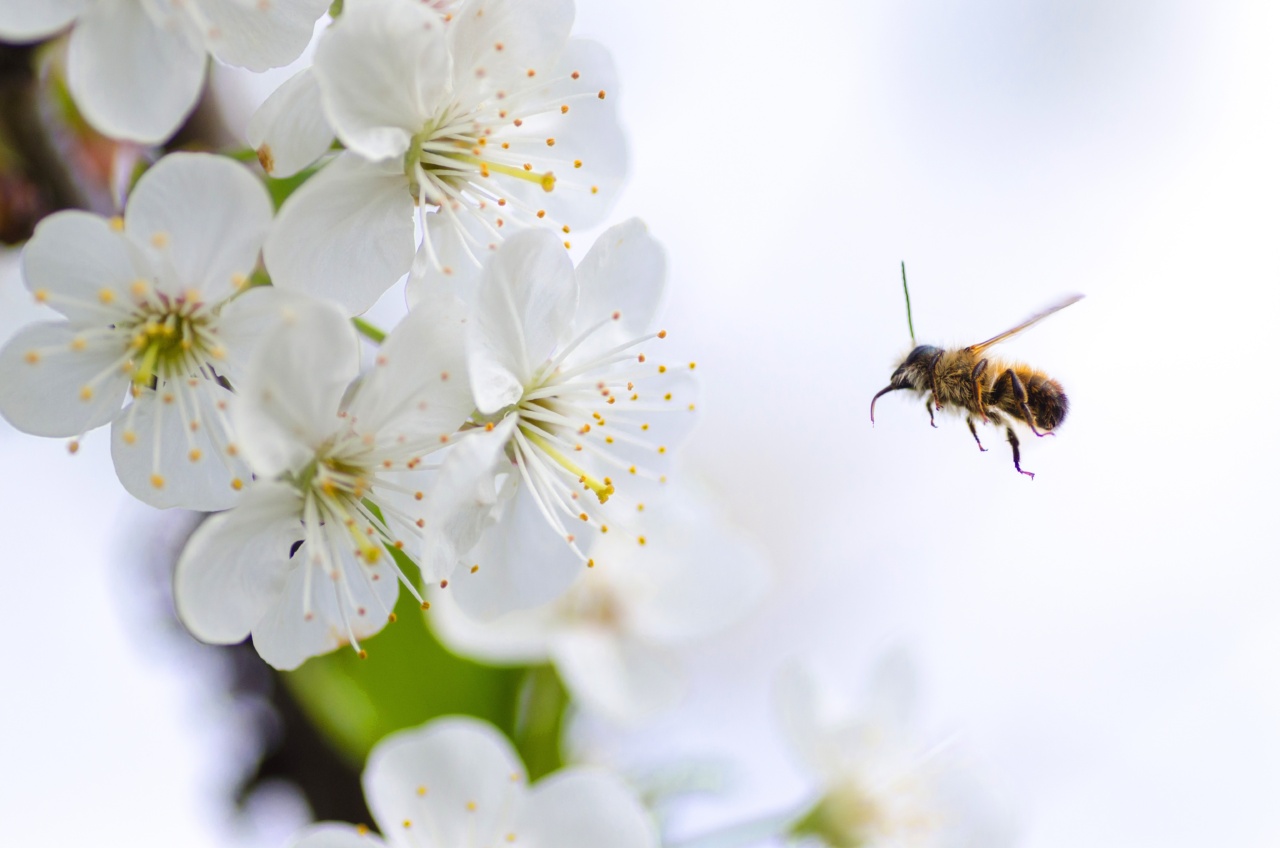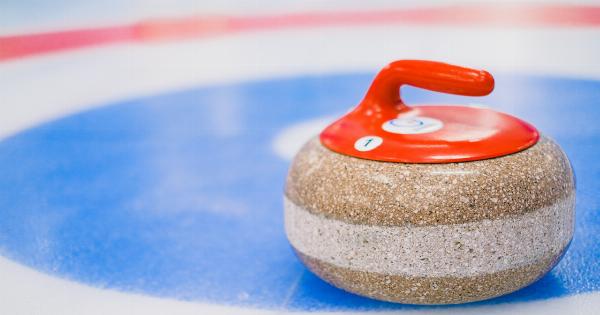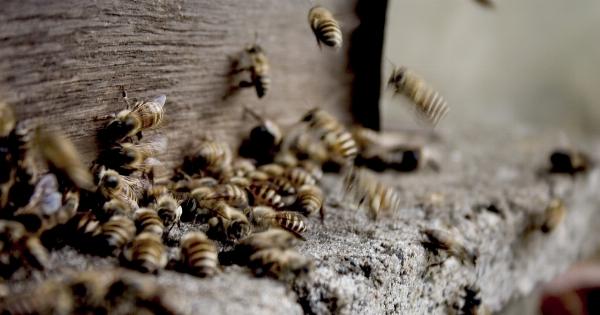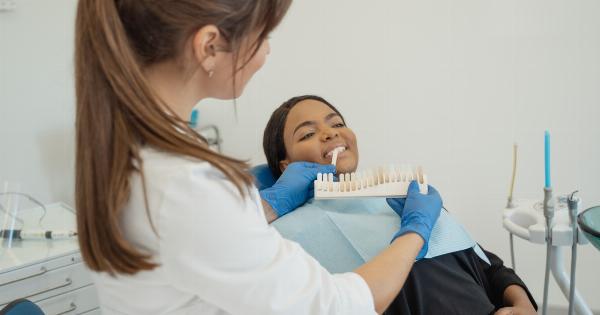As a parent, seeing your child with a bee sting can be a scary experience. Not only can bee stings be painful, but they can also cause allergic reactions in some children.
It’s important to know how to treat a bee sting so that you can quickly and effectively help your child.
1. Remove the Stinger
The first step in treating a bee sting is to remove the stinger. When a bee stings, it leaves behind a stinger that is still pumping venom into the skin.
To remove the stinger, use a flat object like a credit card or a piece of plastic to gently scrape it off the skin. Be careful not to squeeze the stinger, as this can cause more venom to be released into the skin.
2. Clean the Area
After removing the stinger, clean the area with soap and water. This will help to prevent infection and remove any dirt or debris that may be in the wound. You can also use an antiseptic like rubbing alcohol or hydrogen peroxide to clean the area.
3. Apply Ice
Next, apply an ice pack to the area for 10-15 minutes at a time. This will help to reduce swelling, pain, and itching. You can use a cold pack or a bag of frozen peas wrapped in a towel.
Be sure to never apply ice directly to the skin, as this can cause frostbite.
4. Give Pain Relief
If your child is experiencing pain or discomfort, you can give them over-the-counter pain relief like acetaminophen (Tylenol) or ibuprofen (Motrin).
Be sure to follow the dosage instructions on the package, and never give aspirin or any medication that contains aspirin to children.
5. Monitor for Allergic Reactions
While most bee stings are mild and can be treated at home, some children may have an allergic reaction to the bee venom.
Watch for signs of an allergic reaction, such as hives, wheezing, difficulty breathing, swelling of the face or mouth, or a rapid heartbeat. If your child is experiencing any of these symptoms, seek medical attention immediately.
6. Use Home Remedies
There are several home remedies that can help to soothe the pain and itching of a bee sting. Some of these include:.
- Applying a paste made of baking soda and water
- Applying a paste made of meat tenderizer and water
- Applying honey directly to the sting
- Using essential oils like lavender or tea tree oil (diluted with a carrier oil)
These remedies may not work for everyone, but they are safe to try and may provide some relief.
7. Prevention
The best way to treat a bee sting is to prevent it from happening in the first place. Teach your child to stay calm and still when around bees and to avoid swatting at them or disturbing their nests.
Be sure to keep food and drinks covered when outside, as this can attract bees. Additionally, consider having your child wear light-colored clothing and avoiding wearing perfume or scented lotions.
It’s important to remember that bee stings are a normal part of childhood and are usually not a cause for concern.
By following these steps, you can help to quickly and effectively treat your child’s bee sting and ensure that they are comfortable and safe.





























